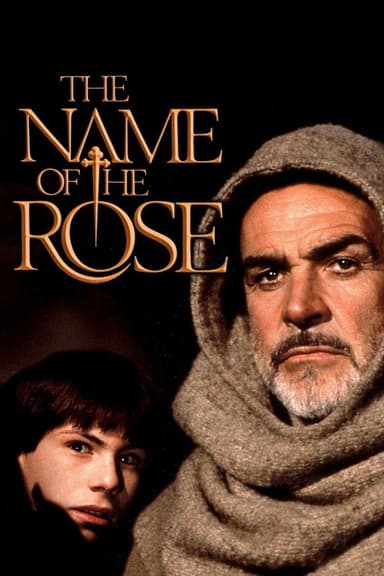
2010
1984 • Science Fiction, Thriller • PG
While planet Earth poises on the brink of nuclear self-destruction, a team of Russian and American scientists aboard the Leonov hurtles to a rendezvous with the still-orbiting Discovery spacecraft and its sole known survivor, the homicidal computer HAL.
Runtime: 1h 56m
Why you should read the novel
Arthur C. Clarke's 2010: Odyssey Two is a masterwork of modern science fiction literature, expanding the universe introduced in his original novel. Reading the book offers a deeper experience of scientific reasoning, political nuances, and philosophical musings, all delivered with Clarke’s trademark clarity and wonder. Unlike the film, the novel provides greater insight into the inner thoughts and motivations of its characters, as well as a richer exploration of the universe and its mysteries.
Choosing to read 2010: Odyssey Two means you get to immerse yourself in a more detailed, visionary narrative. Clarke deftly interweaves real science with speculative fiction, making the cosmic revelations feel plausible and profound. The book allows readers to grapple with the ideas of extraterrestrial life, human evolution, and the unknown on a more intimate and intellectual level than cinematic storytelling can afford.
Moreover, Clarke’s prose creates an atmosphere of awe and curiosity, inviting you to ponder questions about humanity’s place in the universe. The novel’s emphasis on character development, scientific curiosity, and philosophical reflection makes it a rewarding journey for any reader seeking more than just visual spectacle.
Adaptation differences
The adaptation from Arthur C. Clarke's novel to the film 2010 presents numerous changes in both narrative tone and specific plot details. While both versions follow a joint American-Soviet mission to Jupiter to uncover the fate of Discovery One and HAL 9000, the book delves deeper into the internal dialogues and complexities faced by the multinational crew. The film, in contrast, tends toward a more suspenseful Cold War thriller, emphasizing political tension and visual spectacle over the introspective exploration seen in Clarke’s writing.
Another primary difference is in the portrayal of technological and scientific elements. Clarke’s novel takes great care to explain the realistic limitations and possibilities of space travel, orbital mechanics, and the transformation of Jupiter. The film streamlines or alters some of these technical discussions to suit a cinematic audience, sometimes taking artistic liberties—for example, with the appearance and metamorphosis of Jupiter and the monoliths’ effects.
Characterization also sees notable shifts. In the novel, Dr. Chandra and other scientists receive nuanced treatment, with motivations and ethical dilemmas meticulously explored. The film simplifies certain character arcs and relationships, focusing more on the drama between Americans and Soviets and the fate of HAL rather than their psychological development. Consequently, some subtle thematic layers from the book are reduced or omitted altogether in the screen version.
Finally, the tone and ending of the story differ between book and film. Clarke’s book maintains a more hopeful, contemplative outlook on human cooperation and cosmic transformation, whereas the movie adopts a sense of urgency and heightens direct conflict to fit Hollywood conventions. The closing messages of the novel open philosophical vistas, while the film aims for closure and reassurance, leaving out some of Clarke’s thought-provoking ambiguities.
2010 inspired from
2010: Odyssey Two
by Arthur C. Clarke






